Still the highest in the region
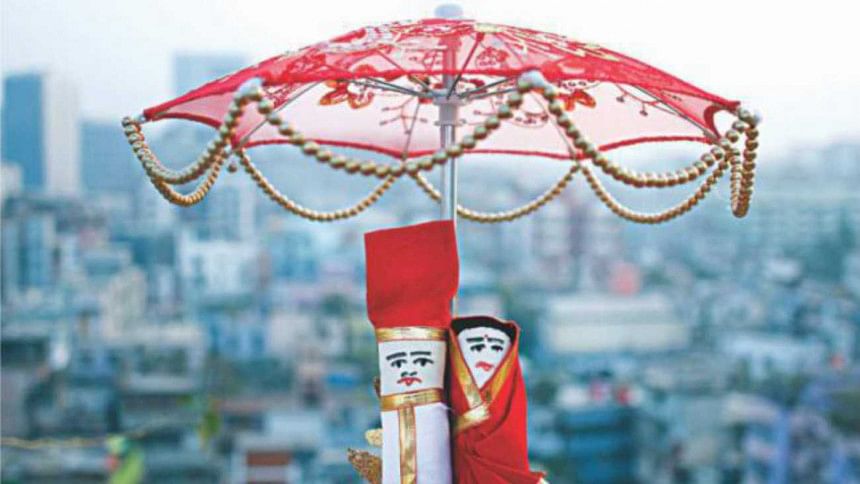
A staggering 59 percent of the marriages that took place in Bangladesh between 2006 and 2017 involved brides below the age of 18, says a UN study.
It was the highest in South Asia over the period, according to the the State of World Population Report 2019 released by the United Nations Population Fund (UNFPA) recently.
The data suggests child marriage is still a major obstacle for Bangladesh to achieving the sustainable development goals (SDGs) by 2030.
Prof Md Mainul Islam, chairperson of the Department of Population Science at Dhaka University, said, “There are socio-economic factors that fuel this problem. Since 2014, the drop in child marriage rates had been highly unsatisfactory.
“Bangladesh is a signatory to the 2030 Agenda for Sustainable Development. So we have only 11 years to achieve the target. It seems quite unattainable.”
At present, the rate of child marriage in Bangladesh is higher than other regions and the highest in South Asia, he told this paper.
The UNFPA report says for the years 2006-2017, the child marriage rates in India, Nepal, Pakistan and Bhutan were 27pc, 40pc, 21pc and 26pc respectively.
In 2017, the global average of child marriage was 21 percent while it was 40pc in the least developed countries.
The report does not provide the country-wise data for 2017.
“Child marriage denies a girl autonomy in her home and in sexual and reproductive decisions, reduces her chance of being educated, undermines her future and blocks her from realising her full potential in life,” the report read.
An estimated 800 million women alive across the world got married when they were children, according to the report.
In the light of the report, experts observed that although Bangladesh made remarkable progress in many areas in recent decades, it could achieve very little in terms of curbing the menace of child marriage.
As per Bangladesh law, the minimum age for marriage for men and women are 21 and 18 respectively. However, a special provision in the Child Marriage Restraint Act, 2017 allows parents to marry off their children earlier by obtaining a court order.
“Poverty and security concerns play a vital role in prompting parents to marry off their daughters at an early age,” said Bangladesh Mahila Parishad President Ayesha Khanam.
“We have done well in some social indicators. But social security, violence against women and female children etc are some key factors that push parents to marry off their daughters before they reach the legal age of marriage,” she said.
Ayesha observed that the provision “underage marriage in special circumstances” was spreading a wrong message in the society and the government's compromising attitude further sapped the fight against the menace.
According to the statistic of Bangladesh Police, 17,073 incidents of violence against women and children took place in 2017. The number came down to 16,253 last year.
According to experts, a large number of incidents of child marriage go unreported till date.
Earlier this month, Unicef published a global report highlighting the connection between climate change and child marriage.
Environmental disasters linked to climate change were threatening lives of over 19 million children in Bangladesh. This prompted many families to opt for child marriage, the report said.
It also noted that climate change made the poorer section of the population to migrate to the capital Dhaka and other major cities where children are often pushed into marriage as well as laborious tasks in dangerous environment.
According to a Unicef report published last year, the rate of child marriage increased in Bangladesh despite a drop worldwide. At present, one out of every five girls across the world tie the knot before reaching the age of 18, according to the UN organisation.

 For all latest news, follow The Daily Star's Google News channel.
For all latest news, follow The Daily Star's Google News channel. 

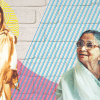
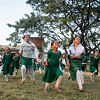

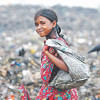


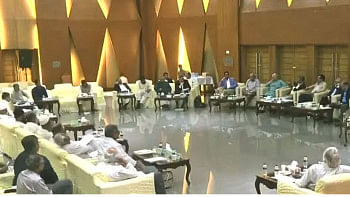
Comments